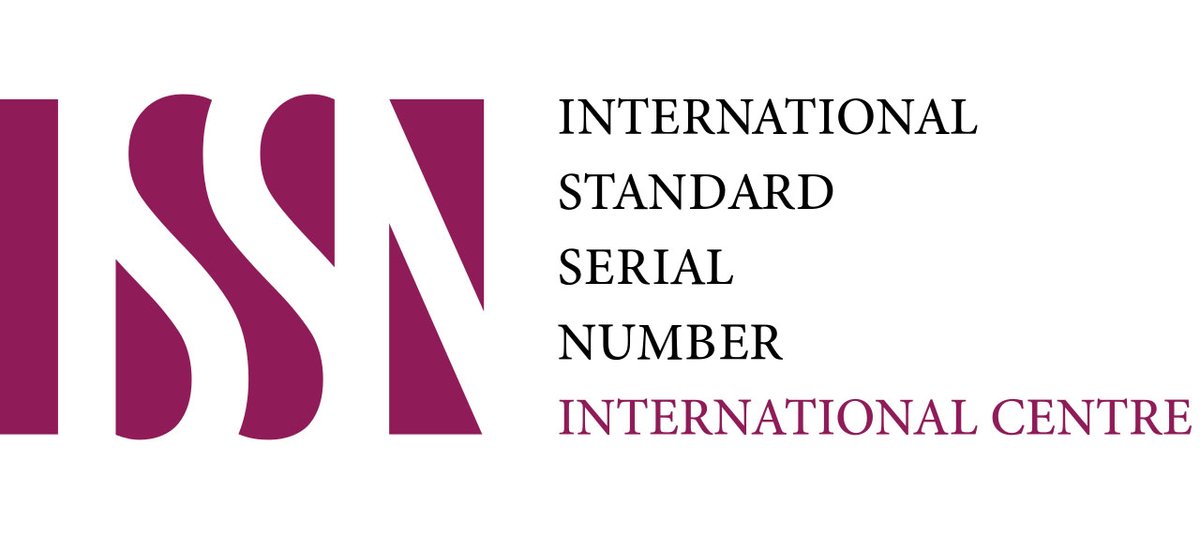FEATURES OF TEACHING STUDENTS OF MEDICAL INSTITUTIONS BASED ON PROBLEM SITUATIONS
Keywords:
Problem-based learning, medical education, active learning, clinical reasoning, student-centered learning, medical curriculum, critical thinking, teamwork, self-directed learning, assessment in medical education.Abstract
This article explores the features of teaching medical students using problem-based learning (PBL), a student-centered approach that integrates real-world medical problems into the educational process. PBL encourages active learning, critical thinking, and the development of clinical reasoning skills by presenting students with complex, real-life cases. The article highlights the key features of PBL, including its emphasis on collaboration, interdisciplinary learning, self-directed study, and practical application of knowledge. It also discusses the benefits of PBL, such as improved knowledge retention, enhanced communication skills, and increased student confidence. However, the article also addresses the challenges of implementing PBL in medical education, such as time constraints, the need for skilled facilitators, and the difficulties in assessing student performance. In conclusion, PBL offers a dynamic and effective way to prepare medical students for the realities of clinical practice, though careful planning and support are essential for its successful implementation.
Downloads
Published
Issue
Section
License

This work is licensed under a Creative Commons Attribution-NonCommercial-NoDerivatives 4.0 International License.















